Hydroquinone cream Singapore & How does it work?
The portions of the skin that have become darker can be lightened by using HYDROQUINONE topically. Some goods have sunscreen.
Ask your doctor or pharmacist about additional uses for this drug.
Hydroquinone is effective because it prevents the skin from producing melanin. The pigment melanin, produced by melanocytes, is responsible for your skin color.
Hyperpigmentation, also known as darkish patches on the skin, is caused by increased melanocyte activity, as seen in conditions like melasma, liver spots (sun spots or solar lentigines), freckles, and café-au-lait spots.
Thus, hydroquinone causes your skin to gradually become even-toned by reducing melanocyte activity in the treated area.
Summary
Dose :- Twice a day by rubbing gently on affected areas
Strength :- Hydroquinone 2% and 4% cream and hydroquinone 2% gel.
Active ingredient :- Hydroquinone
Side effects :- Redness, itching, flakiness,
The dose provided is from the consumer medicines information leaflet. Always use your prescription medication as prescribed by the doctor. For a full list of side effects, read the consumer medicines information.
Medication Features
- Depigmentation or skin-lightening agent
- Available in OTC and prescription form
- 20mg, 25mg and 30mg tubes
- Available in brand and generic versions
- 2% and 4%
- Cream form and gel form
Side Effects
Mild side effects – Mild burning or stinging of treated skin, mild tingling sensation of skin
Moderate side effects – Blue and black discoloration of the skin, photosensitivity reactions,
Severe side effects – Severe burning and blistering of the skin, rashes throughout the skin surface
Wait for the cream to dry before applying makeup, moisturizer, sunscreen, or other topical products. Be careful while applying the cream near the eyes, nostrils, and mouth. If your melasma-affected skin is close to these areas, consider using a cotton swab to apply the cream for user safety.
To avoid side effects associated with the use of the cream, use sunscreen with the medication and wear protective clothing. In case the side effects are not reversed even after regular use or are further intensified, discontinue the use of the cream and get urgent medical attention
Note:- Hydrocortisone is an anti-inflammatory topical steroid cream. Hydroquinone is a skin-bleaching agent that works by inhibiting the production of melanin.
What Skin Conditions Can Hydroquinone Treat?
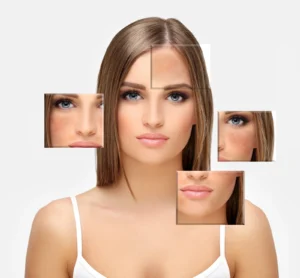
Hydroquinone treats hyperpigmented skin issues like:-
- Brown patches on the face (usually the cheeks, forehead, chin, and upper lips) are a symptom of melasma, a common skin disorder.
- The skin develops solar lentigines, often known as age spots, from prolonged sun exposure. The hands, arms, and shoulders are also sun-exposed areas that might produce similar spots.
- Sunburned skin commonly has freckles and small, flat, red to brownish patches. They usually happen when the body makes too much melanin, which can be caused by UV light or genes.
- Dark spots following acne, eczema, or a cut are called post-inflammatory hyperpigmentation (PIH). Although anybody can be affected, those with darker skin tones are especially at risk.
- Male infants often have a large, benign birthmark called Becker’s Nevus.
Frequently Asked Questions
Hydroquinone is an inflammatory agent that can become allergenic after five months. Hydroquinone-induced inflammation can cause rebound hyperpigmentation and reduced tolerance to the medication. Once you stop using Hydroquinone cream, you may experience irritation on the affected parts of the skin and inflammation resulting from building resistance to the treatment after a specific time. To avoid such complications, opt for a pulsed approach to Hydroquinone, i.e., limit the use of Hydroquinone to no longer than five months. Then, give your skin a break; allow it to rest and stabilize for 2-3 months as you use non-hydroquinone pigment control products to prevent rebound pigmentation. After the break, your physician can decide if another five-month course of Hydroquinone is appropriate for your condition.
Hydroquinone 4 cream is a prescription medication and not readily available over the counter. You need a physician’s prescription to diagnose your condition to avail of the medication from pharmacies or private clinics. You can order Hydroquinone 4 cream online, which will deliver the medication to your doorstep in a safe manner. For online ordering, you can either provide the site with an existing prescription or obtain one after an online consultation. It is important to check the correct dosage before and after ordering Hydroquinone cream for safety reasons. Opt for an authentic site that supplies you with genuine medication.
Hydroquinone 4% cream can be used safely twice daily for up to 6 months to treat post-inflammatory hyperpigmentation. Short-term use is the best way of obtaining satisfactory results from the medication in a safe manner. You can apply twice daily for at least six weeks, limiting its usage to six months for best results.
The efficacy of this Hydroquinone treatment can be further enhanced by using a retinoid cream nightly and a mid-potent steroid. Excessive hydroquinone concentrations may induce toxic or shocking effects on melanocytes, forcing them to regroup and increase their melanin production resulting in rebound hyperpigmentation and even leading to skin inflammation, and must be avoided at all costs.
Both 2% and 4% Hydroquinone are effective for hyperpigmentation, but quicker and long-lasting results are obtained from the 4% strength of the medication. But hydroquinone side effects and irritation symptoms are greater in higher doses. A study testing a hydroquinone monotherapy indicated an 85% satisfaction rate after 12 weeks, with 90% of participants reporting that they no longer made significant efforts to hide skin discoloration. It takes three months for the medication to start working effectively in hyperpigmentation reduction. Still, in extensive pigmentation conditions or using lower-strength Hydroquinone, it may take longer.
Long-term use of Hydroquinone can give rise to the phenomenon of ochronosis. An uncommon disorder characterized by a clinical appearance of blue-black or gray-blue pigmentation with the histological finding of yellow-brown deposits in the dermis. Most often, the skin, sometimes the ears’ cartilage, and the eyes’ sclera are affected by ochronosis. Hydroquinone should be applied twice daily for 2–6 months and discontinued if positive results are not seen even after two months. Therapy beyond six months is not expected to yield additional improvement. In other conditions, Hydroquinone can be used twice daily for up to five months consecutively, after which melanocytes should be allowed to stabilize during a two to three-month break from Hydroquinone.

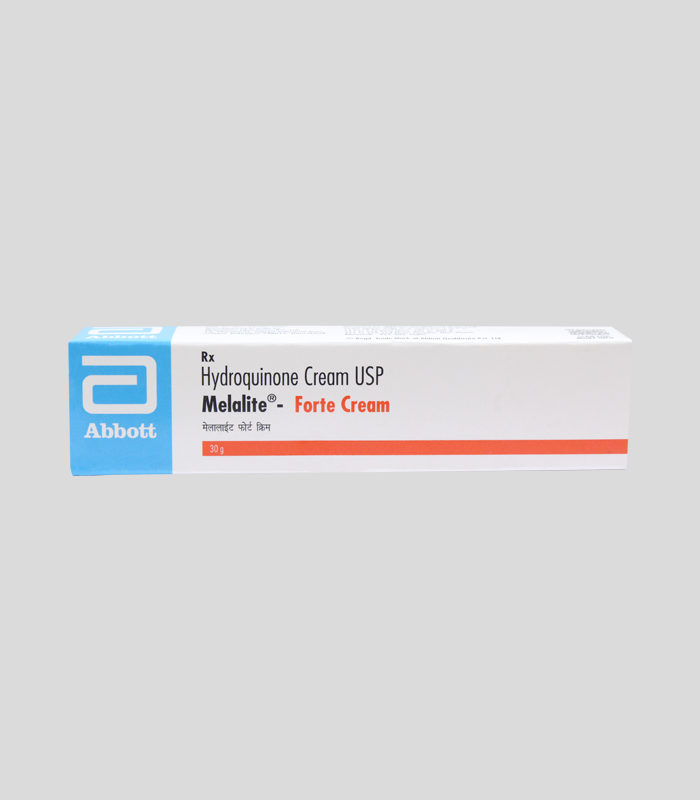
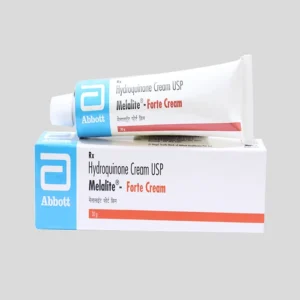

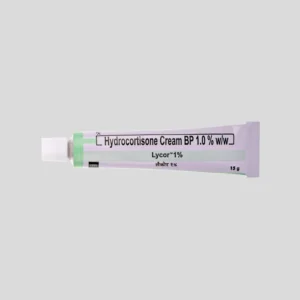

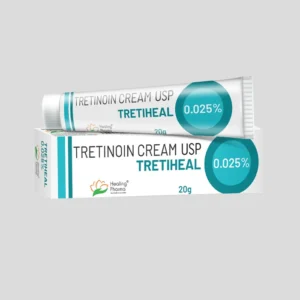






Reviews
There are no reviews yet.